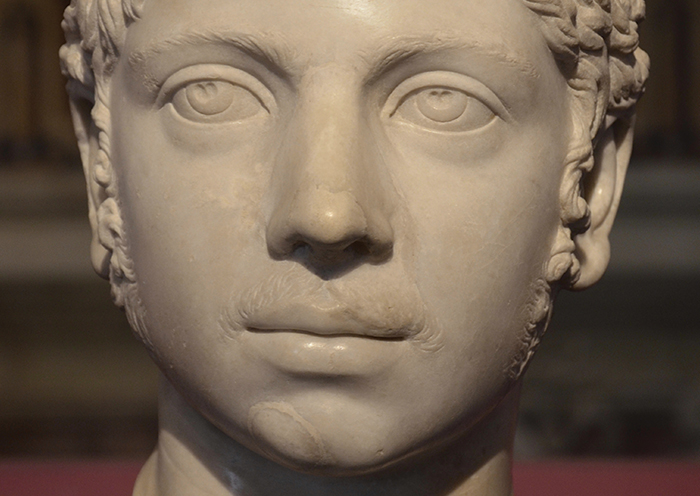Rome’s Gender-Defying Ruler
In the long and dramatic history of the Roman Empire, few figures stand out quite like Elagabalus. Ascending to the throne as a teenager in 218 CE, Elagabalus’s short but impactful reign remains one of the most talked about, and controversial in Roman history. Their name lives on not for military conquests or grand political reforms, but for boldly challenging the deeply rooted norms of Roman society, particularly around gender and identity.
From the beginning, Elagabalus broke the mould of what it meant to be a Roman emperor. Historians describe how they openly wore makeup, donned wigs, and arrived at the Roman Senate draped in flowing feminine gowns. These acts were not subtle statements but deliberate, visible challenges to the rigid expectations of masculinity in ancient Rome. Elagabalus reportedly asked to be referred to as a woman, a remarkable expression of gender identity in a time when such ideas had no official language or social framework.
Although Elagabalus was arranged to marry four different women, standard fare for an emperor trying to solidify alliances, their heart lay elsewhere. They fell in love with Hierocles, a chariot racer, and the two were wed. Far from hiding the relationship, Elagabalus embraced it with pride, insisting on being called Hierocles’s wife, a queen, and an empress. In an era where power was defined by male dominance, this self-identification was both radical, and deeply unsettling to the Roman elite who would seek to keep the status quo.
Even more extraordinary was Elagabalus’s reported plea to be physically transformed. Ancient sources claim they offered half of the empire’s wealth to any physician or magician who could give them the body they desired. While the language of modern gender identity didn’t exist at the time, Elagabalus’s actions have led many contemporary scholars to see them as one of the earliest documented examples of transgender or gender-nonconforming individuals in recorded history.
But such open defiance came at a price. Elagabalus’s religious practices, and particularly their attempt to elevate the Syrian sun god Elagabal above Jupiter, as well as their overt queerness, scandalized Rome’s power structures. After just four years on the throne, Elagabalus was assassinated in 222 CE, at the age of 18, likely by members of the Praetorian Guard with the support of their own grandmother.
Today, Elagabalus is remembered not only as an eccentric emperor, but also as a historical figure who challenged gender boundaries in a way that feels strikingly modern. Their life serves as a powerful reminder that queer and trans identities are not a new phenomenon — they have always existed, even in the heart of ancient empires.
Image by Carole Raddato from FRANKFURT, Germany – Marble bust of Roman emperor Elagabalus, ca. 221 AD, Capitoline Museums, CC BY-SA 2.0, https://commons.wikimedia.org/w/index.php?curid=45906105












